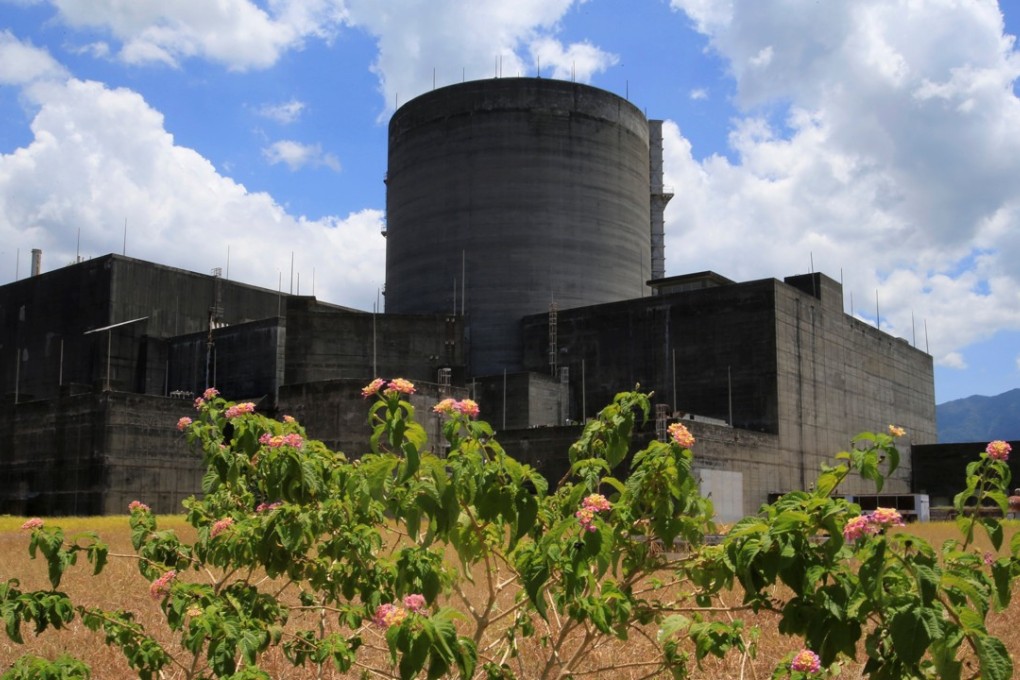Analysis | Southeast Asia’s only nuclear plant is a tourist site. That may change as Philippines weighs using it decades after it was built
As power demand soars in one of the world’s fastest-growing economies, the Philippines’ energy ministry is looking seriously again at nuclear power

Filipino Wilfredo Torres was hired as a technician for Southeast Asia’s only nuclear power plant in the 1980s, but has spent the past decade giving guided tours at the never-used facility.
The Philippines splashed out US$2.3 billion on the 621-megawatt Bataan Nuclear Power Plant, but mothballed it after the collapse of a dictatorship and the devastating Chernobyl disaster.
Now, there’s a chance that Torres, 56, might get to see the plant in action before he retires in four years.
As power demand soars in one of the world’s fastest-growing economies, the Philippines’ energy ministry is looking seriously again at nuclear power and urging President Rodrigo Duterte to fast track its revival.
“There’s still a few of us who have been here from the start who are hoping to see the plant running before we retire,” said Torres during a tour of the facility, nearly 200km (125 miles) northwest of Manila.
The Department of Energy has asked Duterte for an executive order declaring the Philippines ready for a nuclear power programme, said Gerardo Erguiza, energy assistant secretary.